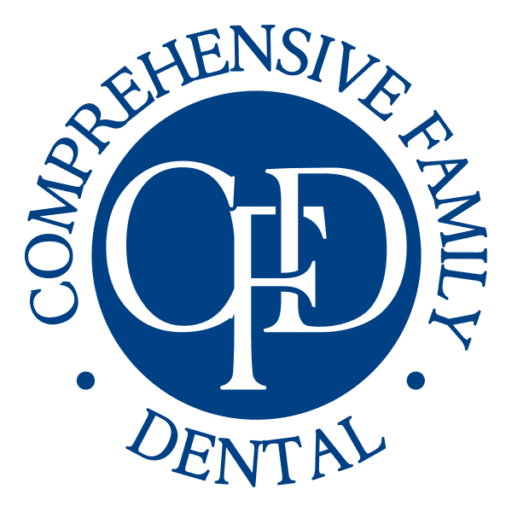The Truth on Dental Emergencies
Knowing the difference between a standard dental issue and a dental emergency can be hard to differentiate between. So many are left wondering what an actual emergency is considered and when they should make an appointment right away or if they can hold off a bit longer. It’s so important to know the difference because your teeth are at stake – literally.
What is an Actual Dental Emergency?
One source reports a dental emergency as any dental-related issue which you feel is causing life-threatening injuries. Typically, this includes common symptoms such as uncontrollable bleeding and facial bone trauma of any kind. Although those are common symptoms for most dental emergencies, it is important to remember there are emergencies that do not include uncontrollable bleeding and/or facial bone trauma. To better help you determine if you need to make an emergency appointment, we’ve listed a few questions that may help you determine the severity of your issue:
- Did the incident result in a lost tooth? – Acting fast could save the tooth.
- Has infection set in? – Any time an infection is present or an abscess has surfaced, treatment should not wait whatsoever.
- How is the pain? – Severe pain is a sign of an emergency.
Common Dental Emergencies
Severe toothache, broken tooth, and exposed nerves – these are but a few common dental emergencies. Each emergency has its own set of symptoms and complications if not treated in a timely manner. Below we’ve listed five of the most common dental emergencies along with their symptoms to help you give your dentist a starting point to fixing your issue.
Severe toothache
Persistent or severe toothaches can be indications of a serious issue. Symptoms include pain and swelling of the gums.
Broken or chipped tooth
This is usually caused by biting down on something too hard for your teeth, a physical injury or grinding of the teeth. Symptoms include pain when chewing, heat and cold sensitivity and pain around the teeth and gums.
Exposed nerves
Gum disease and receding gum lines are two of the main attributing factors to exposed nerves. Tender, swollen, bleeding gums and discoloration of the affected tooth are main symptoms.
Broken orthodontic equipment
Broken braces can cause pain and discomfort to their host. Wires often break off and poke the inside cheeks or gums of the wearer.
Abscess
This typically occurs when bacteria enters the part of the tooth that contains nerves and connective tissue. Usually, bacteria follows routes of untreated cavities or old dental work. People suffering from abscesses can experience fever, insomnia and pain when eating.
Time is of the Essence
When dental emergencies arise, it is imperative you get yourself to a dentist as soon as possible. The risk of further infection is always possible if you decide not to have your issue fixed by a medical professional. Contact Comprehensive Family Dental today if you are experiencing any dental-related emergencies. Their team of experts is on standby to help combat a variety of emergency dental issues.


